-
 Bitcoin
Bitcoin $118100
-0.44% -
 Ethereum
Ethereum $3585
5.43% -
 XRP
XRP $3.434
5.65% -
 Tether USDt
Tether USDt $1.000
0.02% -
 BNB
BNB $743.8
3.89% -
 Solana
Solana $178.7
3.84% -
 USDC
USDC $1.000
0.03% -
 Dogecoin
Dogecoin $0.2381
12.81% -
 TRON
TRON $0.3270
3.62% -
 Cardano
Cardano $0.8315
4.93% -
 Hyperliquid
Hyperliquid $44.51
-4.42% -
 Stellar
Stellar $0.4710
1.52% -
 Sui
Sui $3.896
-2.51% -
 Chainlink
Chainlink $18.09
6.98% -
 Hedera
Hedera $0.2681
9.31% -
 Bitcoin Cash
Bitcoin Cash $516.7
4.83% -
 Avalanche
Avalanche $23.95
6.96% -
 Shiba Inu
Shiba Inu $0.00001490
5.67% -
 UNUS SED LEO
UNUS SED LEO $8.966
0.80% -
 Toncoin
Toncoin $3.294
4.39% -
 Litecoin
Litecoin $105.4
4.69% -
 Polkadot
Polkadot $4.356
5.30% -
 Uniswap
Uniswap $10.29
17.25% -
 Monero
Monero $327.9
-3.04% -
 Bitget Token
Bitget Token $4.942
4.33% -
 Ethena USDe
Ethena USDe $1.001
0.08% -
 Pepe
Pepe $0.00001348
2.17% -
 Dai
Dai $1.000
0.02% -
 Aave
Aave $320.8
0.58% -
 Bittensor
Bittensor $411.8
-4.07%
What is a fair value gap in futures trading?
A fair value gap occurs when a futures contract's price deviates from its theoretical fair value, creating potential arbitrage opportunities.
Jul 16, 2025 at 04:49 am
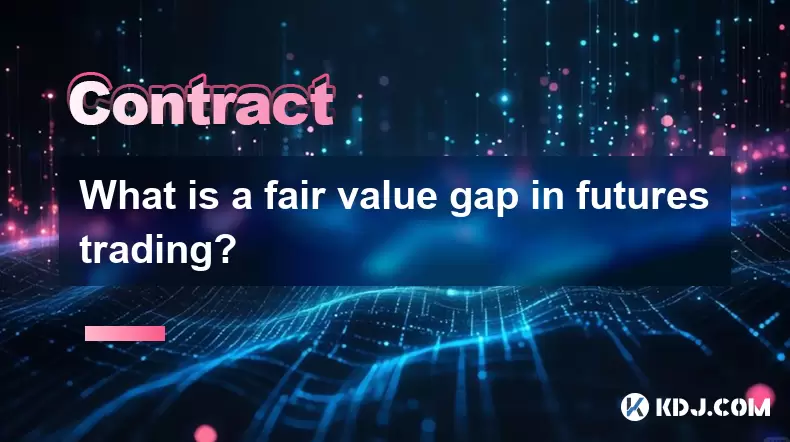
Understanding the Concept of Fair Value Gap
In futures trading, a fair value gap refers to a discrepancy between the actual price of a futures contract and its theoretically calculated fair value. This gap typically arises due to market inefficiencies, supply-demand imbalances, or timing differences between spot markets and futures markets. Traders closely monitor these gaps because they often signal potential arbitrage opportunities or short-term mispricings.
The concept is rooted in the principle that the price of a futures contract should reflect the fair value derived from factors such as the current spot price, interest rates, dividends (in the case of equity futures), storage costs (for commodities), and time to expiration. When the observed futures price deviates significantly from this computed fair value, a fair value gap is said to exist.
How Is Fair Value Calculated?
To identify a fair value gap, one must first understand how to calculate the theoretical fair value of a futures contract. The formula for calculating fair value depends on the underlying asset but generally follows this structure:
For equity index futures:
Fair Value = Spot Price × e^(r - d)t
Where:- Spot Price is the current value of the index.
- r is the risk-free interest rate.
- d is the dividend yield.
- t is the time to maturity.
- e represents the exponential function used in continuous compounding.
For commodity futures:
Fair Value = Spot Price + Cost of Carry
Here, cost of carry includes storage, insurance, financing, and other related expenses.
If the traded futures price is higher than the fair value, it indicates a positive fair value gap, suggesting overvaluation. Conversely, if the futures price is lower than the calculated fair value, it results in a negative fair value gap, indicating undervaluation.
Causes Behind the Emergence of Fair Value Gaps
Several factors can lead to the formation of a fair value gap in futures markets:
- Market Sentiment: Sudden surges in bullish or bearish sentiment can push futures prices away from their fair values.
- Liquidity Issues: Illiquid futures contracts may not trade at fair value due to limited participation or high transaction costs.
- Information Asymmetry: Delayed information flow or differential access to data can cause temporary pricing discrepancies.
- Transaction Costs: High brokerage fees, taxes, or margin requirements may prevent arbitrageurs from quickly correcting the gap.
- Regulatory Changes: New rules or restrictions imposed by regulators can impact the alignment between spot and futures prices.
These factors contribute to short-term deviations, creating opportunities for traders who can identify and act upon them before the market corrects itself.
Identifying a Fair Value Gap in Real-Time Trading
Traders can detect fair value gaps using real-time data feeds and analytical tools. Here's a step-by-step approach:
- Access Live Market Data: Use platforms like Bloomberg, Reuters, or specialized trading software that provides live spot and futures prices.
- Calculate Theoretical Fair Value: Input current parameters into the appropriate fair value formula based on the underlying asset.
- Compare with Actual Futures Price: Plot both the calculated fair value and the live futures price on a chart to visualize any divergence.
- Monitor Historical Volatility: Analyze past volatility patterns to determine whether the gap is within normal fluctuations or an anomaly.
- Set Alerts: Configure automated alerts when the deviation crosses a predefined threshold, enabling quick decision-making.
For instance, if the fair value of a crude oil futures contract is $75 per barrel, but the market trades it at $78, there’s a $3 fair value gap. This could be exploited through arbitrage strategies.
Trading Strategies Based on Fair Value Gaps
Once a fair value gap is identified, traders can employ various strategies depending on market conditions and risk appetite:
- Arbitrage Trading: If the futures price is above fair value, sell the futures contract and buy the underlying asset simultaneously. Conversely, if the futures price is below fair value, buy the futures and short the underlying asset.
- Mean Reversion Strategy: Assume that prices will revert to fair value over time. Enter trades when the gap widens beyond historical averages and exit when it narrows.
- Statistical Arbitrage: Use quantitative models to identify multiple assets with similar characteristics and exploit relative mispricings.
- Pairs Trading: Identify two correlated assets where one exhibits a fair value gap while the other does not, then take offsetting positions.
- Event-Driven Trading: Anticipate upcoming events like earnings releases, central bank decisions, or geopolitical developments that might affect fair value calculations.
Each strategy requires careful backtesting and risk management to avoid losses during volatile periods or unexpected market shifts.
Risks and Considerations in Exploiting Fair Value Gaps
While fair value gaps offer lucrative opportunities, several risks must be considered:
- Execution Risk: Delays in order execution can result in missed opportunities or slippage.
- Counterparty Risk: In certain markets, especially over-the-counter (OTC) derivatives, counterparty defaults can impact returns.
- Basis Risk: The difference between spot and futures prices may not converge as expected, leading to incomplete arbitrage.
- Margin Requirements: High leverage can amplify both gains and losses, especially when large positions are taken to capitalize on small gaps.
- Market Impact: Large trades aimed at exploiting fair value gaps can move the market against the trader, reducing profitability.
Moreover, regulatory changes or sudden liquidity crunches can render previously reliable strategies ineffective.
Frequently Asked Questions
Q1: Can fair value gaps occur in cryptocurrency futures?
Yes, fair value gaps can also appear in crypto futures markets. Despite the decentralized nature of cryptocurrencies, the principles of cost of carry and market sentiment still apply, leading to similar pricing discrepancies.
Q2: How often do fair value gaps close?
There is no fixed timeline for closure. Some gaps close within minutes due to high-frequency trading algorithms, while others may persist for days or even weeks in less liquid markets.
Q3: Do all futures contracts have a calculable fair value?
Most standardized futures contracts listed on exchanges have clear fair value formulas. However, some exotic or custom OTC contracts may lack transparent pricing models, making fair value estimation more complex.
Q4: Is it possible to profit consistently from fair value gaps?
Consistent profits depend on accurate identification, timely execution, and robust risk management. While many traders succeed in capturing these gaps, success requires discipline and experience.
Disclaimer:info@kdj.com
The information provided is not trading advice. kdj.com does not assume any responsibility for any investments made based on the information provided in this article. Cryptocurrencies are highly volatile and it is highly recommended that you invest with caution after thorough research!
If you believe that the content used on this website infringes your copyright, please contact us immediately (info@kdj.com) and we will delete it promptly.
- Freedom Gold Pack: The Legacy Coin Defining 2025
- 2025-07-19 06:30:13
- Trump, the GENIUS Act, and Stablecoin Regulations: A New Era for Crypto?
- 2025-07-19 06:50:12
- Pi Network's Ecosystem Challenge: App Studio Sparks Innovation
- 2025-07-19 06:55:13
- Zebec Network's Bullish Engulfing Pattern: Price Forms and Future Outlook
- 2025-07-19 06:30:13
- XRP, Ripple, Bitcoin, Ethereum: Decoding the Crypto Landscape
- 2025-07-19 05:50:13
- Penny Altcoins Eyeing $1 in Q3 2025: Cardano, BlockchainFX, and the Hunt for Crypto Gold
- 2025-07-19 05:10:13
Related knowledge

What is a maker vs a taker fee?
Jul 19,2025 at 01:14am
Understanding the Basics of Cryptocurrency Exchange FeesIn the world of cryptocurrency trading, maker vs taker fees are a fundamental concept that eve...
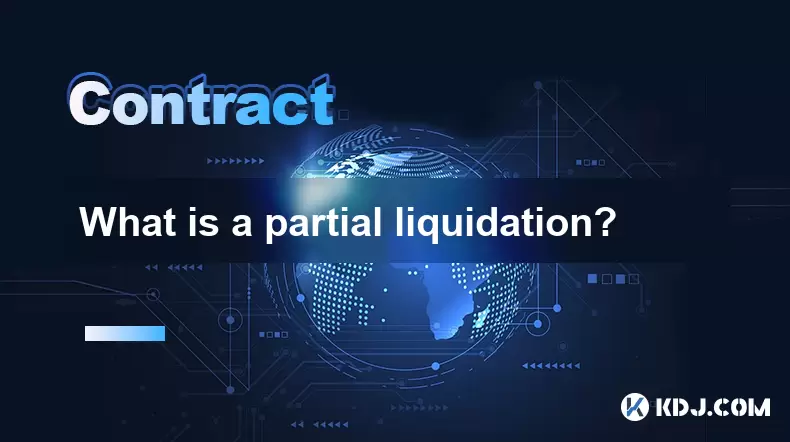
What is a partial liquidation?
Jul 19,2025 at 01:49am
Understanding the Basics of Partial LiquidationIn the world of cryptocurrency trading, especially within leveraged positions, partial liquidation refe...

Example of a Bitcoin futures trade
Jul 19,2025 at 12:43am
Understanding Bitcoin Futures TradingBitcoin futures trading is a financial instrument that allows investors to speculate on the future price of Bitco...
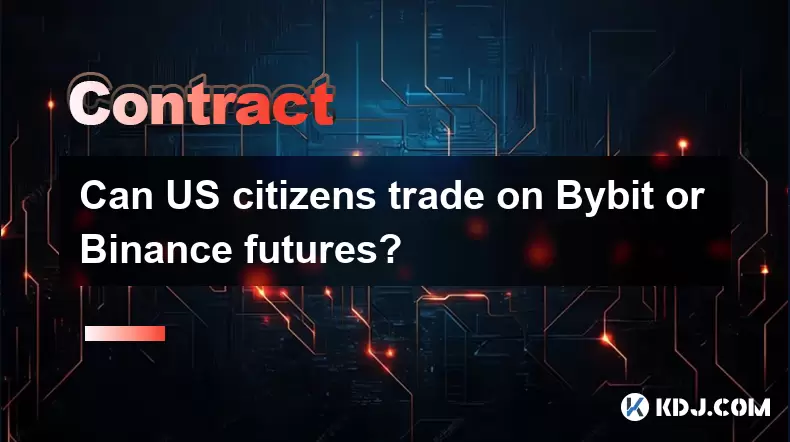
Can US citizens trade on Bybit or Binance futures?
Jul 18,2025 at 10:14pm
Understanding the Legal Status of US Citizens on Global Crypto ExchangesThe question of whether US citizens can trade on Bybit or Binance futures is o...
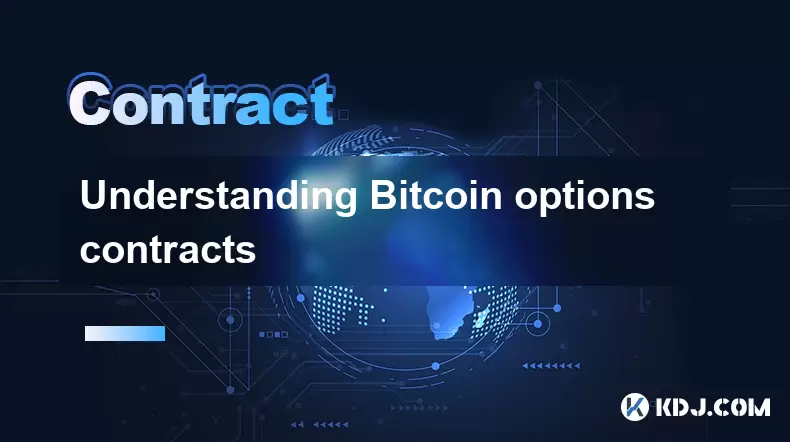
Understanding Bitcoin options contracts
Jul 18,2025 at 10:56pm
What Are Bitcoin Options Contracts?Bitcoin options contracts are financial derivatives that allow traders to speculate on the future price of Bitcoin ...
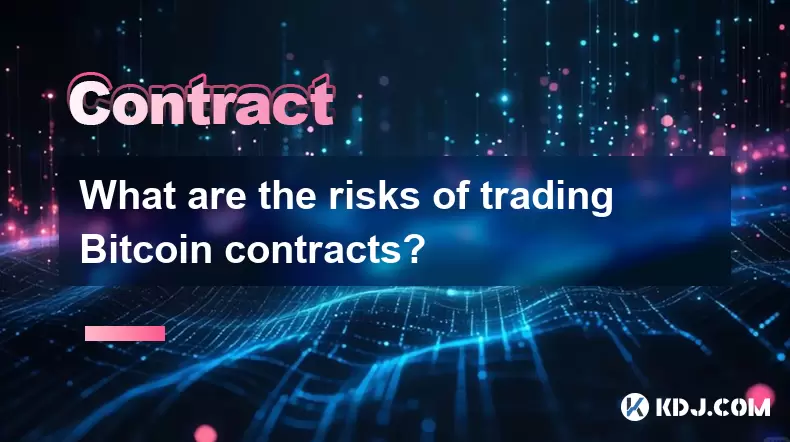
What are the risks of trading Bitcoin contracts?
Jul 19,2025 at 03:49am
Market Volatility and Price FluctuationsTrading Bitcoin contracts involves exposure to extreme market volatility, which is one of the most significant...

What is a maker vs a taker fee?
Jul 19,2025 at 01:14am
Understanding the Basics of Cryptocurrency Exchange FeesIn the world of cryptocurrency trading, maker vs taker fees are a fundamental concept that eve...

What is a partial liquidation?
Jul 19,2025 at 01:49am
Understanding the Basics of Partial LiquidationIn the world of cryptocurrency trading, especially within leveraged positions, partial liquidation refe...

Example of a Bitcoin futures trade
Jul 19,2025 at 12:43am
Understanding Bitcoin Futures TradingBitcoin futures trading is a financial instrument that allows investors to speculate on the future price of Bitco...

Can US citizens trade on Bybit or Binance futures?
Jul 18,2025 at 10:14pm
Understanding the Legal Status of US Citizens on Global Crypto ExchangesThe question of whether US citizens can trade on Bybit or Binance futures is o...

Understanding Bitcoin options contracts
Jul 18,2025 at 10:56pm
What Are Bitcoin Options Contracts?Bitcoin options contracts are financial derivatives that allow traders to speculate on the future price of Bitcoin ...

What are the risks of trading Bitcoin contracts?
Jul 19,2025 at 03:49am
Market Volatility and Price FluctuationsTrading Bitcoin contracts involves exposure to extreme market volatility, which is one of the most significant...
See all articles

























































































